Happy 'Scandinavian' Thanksgiving in America!
The fourth Thursday of each November is a time of migration all over the United States.
-
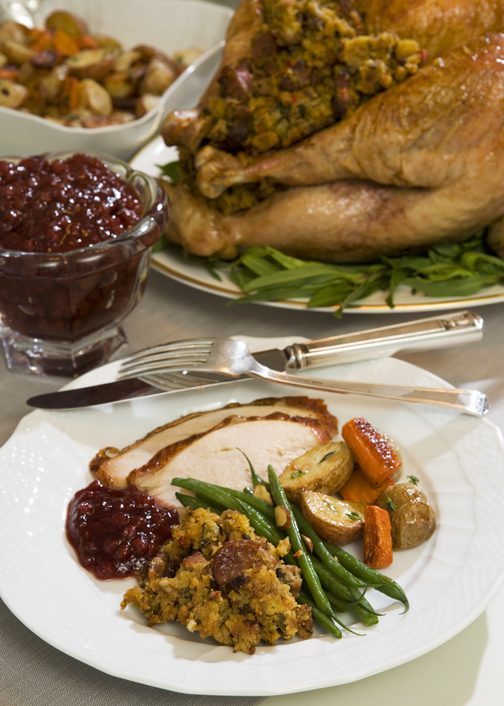 Ninety percent of American homes eat turkey on Thanksgiving – for a total of 45 millions turkeys consumed on that one day.
Ninety percent of American homes eat turkey on Thanksgiving – for a total of 45 millions turkeys consumed on that one day. -
-
Children return home to parents, families gather, their doors open to one and all. Many a European latter-day immigrant can attest to the open, warm and giving atmosphere that takes over in every American home.
-
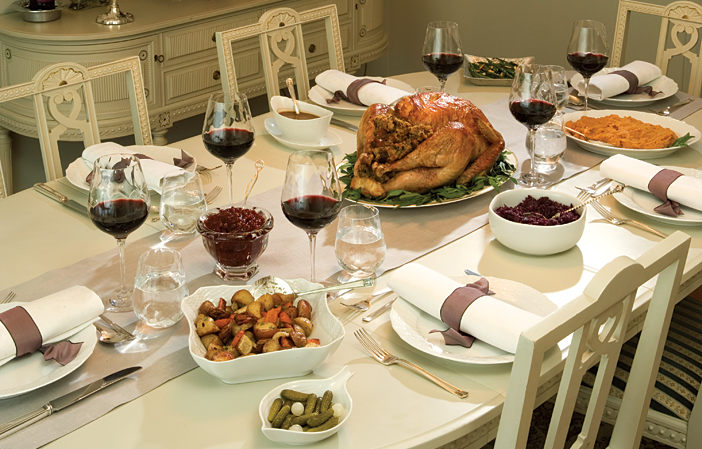 Of all the Thanksgiving symbols, the turkey has become the most well known.
Of all the Thanksgiving symbols, the turkey has become the most well known. -
-
'Scandinavian' Thanksgiving in the U.S.
Each year, the sitting president proclaims a day of Thanksgiving, which most families celebrate, regardless of culture, creed or religion.
The 19th-century reinterpretation of the 1621 festival has become a model for the U.S. version of Thanksgiving, but the tradition has a long history, going back to ancient times. Thanksgiving is related to harvest festivals that have long been celebrated in much of Europe.
More on the history of Thanksgiving: The American Thanksgiving - going back to the first Pilgrims.. -
 Make Life Sweder. A subscription to Nordstjernan is the gift that keeps coming: <a href="http://www.nordstjernan.com/subscribe">SUBSCRIBE to Nordstjernan</a> Treat yourself or order it for someone you care about. (Stay on top of food - collect recipes - follow film, music and Swedish events or traditions that concern us in the United States)
Make Life Sweder. A subscription to Nordstjernan is the gift that keeps coming: <a href="http://www.nordstjernan.com/subscribe">SUBSCRIBE to Nordstjernan</a> Treat yourself or order it for someone you care about. (Stay on top of food - collect recipes - follow film, music and Swedish events or traditions that concern us in the United States) -
Thanksgiving with a Scandinavian twist
We visited a Scandinavian-American family in Connecticut, who served a classic, oven-roasted turkey with mashed sweet potatoes, pan-seared vegetables, string beans, Danish red cabbage and a lingonberry sauce, spiced up with orange and a pinch of lemon.
Chef Sheri Kimball, who encountered red cabbage along with the lingonberry trimmings for the first time at her friend’s home, had already developed a taste for the Scandinavian berry, which complements the turkey in a smoother way then the traditional cranberry sauce.
“None of our American guests have ever shunned the experience and taste of lingonberries,” claims our Danish-born hostess. “On the contrary, it would seem that the lingonberry preserve, which is much smoother and slightly on the sweet side when served on its own, resonates well with the American palate, and the same is true for the red cabbage—such a staple with pork and poultry in Denmark and southern Sweden. -
 ... there is no real evidence that turkey was served at the Pilgrim's first thanksgiving, in a book written by the Pilgrim's Governor Bradford, he does mention wild turkeys.
... there is no real evidence that turkey was served at the Pilgrim's first thanksgiving, in a book written by the Pilgrim's Governor Bradford, he does mention wild turkeys. -
“Our family uses the lingonberry preserves served as is, from the can, or spices it up with black pepper, a bit of gin or sherry, or orange and lemon.”
Every family has its traditions and its own recipes for the Thanksgiving main course and the many side dishes. Lingonberry preserves can be picked up at your nearest Scandinavian specialty store or a local retailer—these days, lingonberries are hailed for its remarkable nutrient values - The new superfruit: Lingonberry!.
No luck finding it locally? - Your next stop and sure supplier would be online, at for instance www.sturdiwheat.com, www.aljohnsons.com, www.scandinavianbutik.com or www.nelsonsfoodpride.com, or of course, the nearest IKEA store. (The furniture retailer sells some of the 'Swedish essentials' in its food shops.) If you’re looking for new inspiration this Thanksgiving, recipes abound online – see, for instance, www.eatturkey.com, or, for a full Thanksgiving planner, go to www.marthastewart.com. -
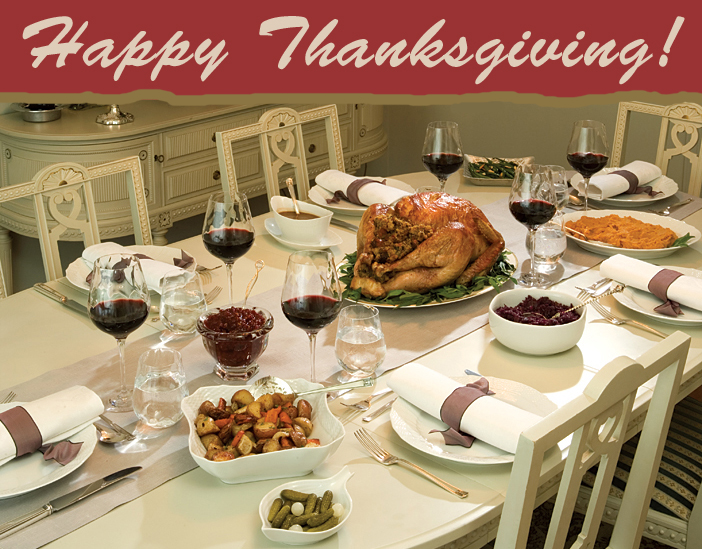
-
Don't miss another Swedish tradition, event or local activity in the U.S., subscribe to The Swedish Newspaper in America: Digital or Print + Digital Subscription (Nordstjernan, your link to a Sweder Life!)
-
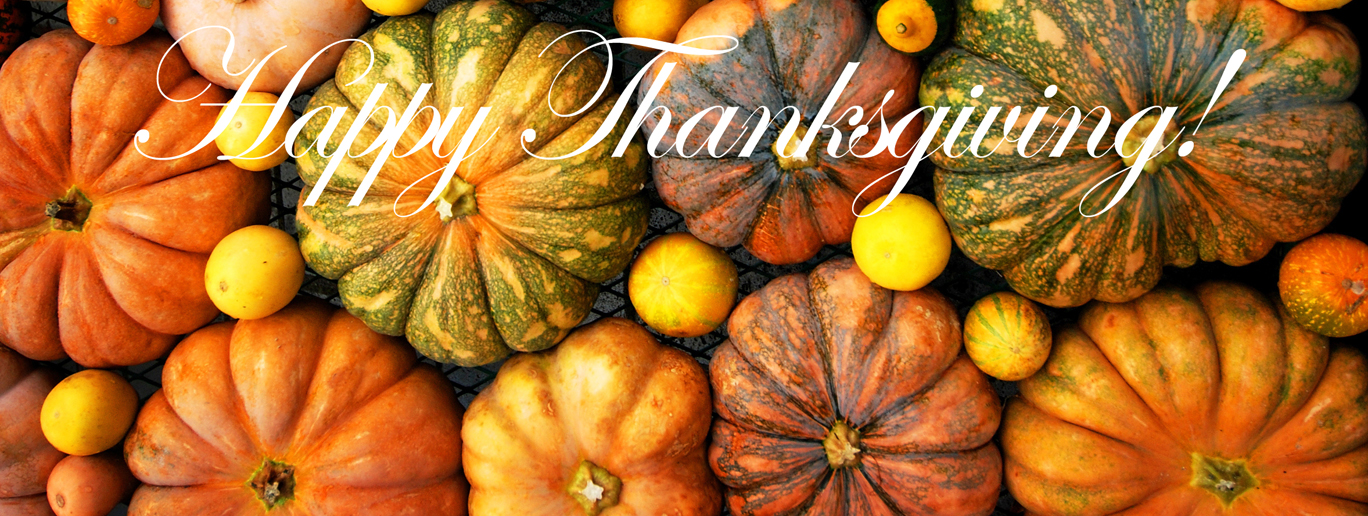 Photography: Tatiana Grozetskaya/Shutterstock
Photography: Tatiana Grozetskaya/Shutterstock -
Photographer: Henrik Ölund. Style contributors: Beth Corso, Marissa Fergusson, Sheri Kimball. Menu: Turkey, Mashed sweet potatoes, roasted vegetables, stuffing, haricots verts with roasted almonds, gravy, Danish red cabbage (rødkål) and Swedish lingonberry preserves. Setting: Gustavian dining room of unknown background, likely special-ordered items. Chandelier and linen napkins are treasured acquisitions from visits to auctions in Scandinavia. Area rug has been in the family for generations. Curtains from IKEA. Stemware: Dizzy Diamond, design Malin Lindahl; by Orrefors. China: Royal Copenhagen. Scandinavian linen runner: Scandinavian Food and Gifts, Norwalk, Conn.
-
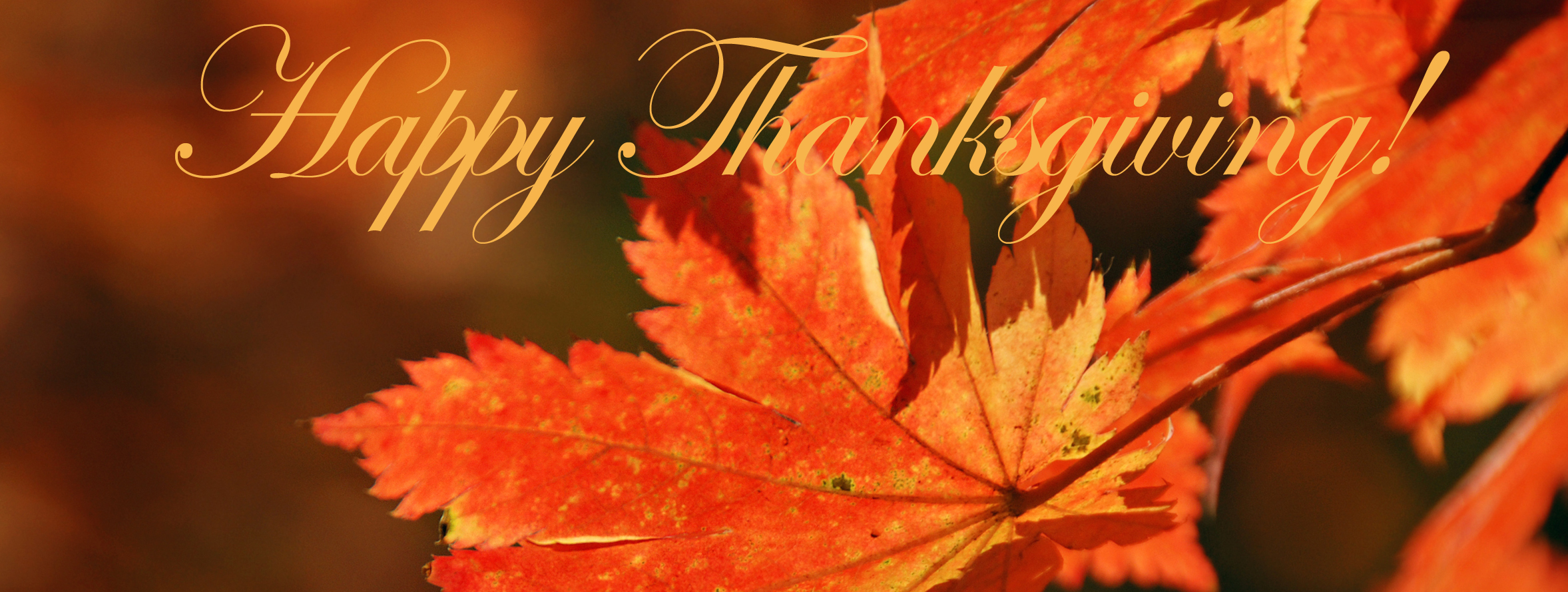
-
“Turkey Day”Of all the Thanksgiving symbols, the turkey has become the most well known. The wild turkey is native to northern Mexico and the eastern U.S., and though there is no real evidence that turkey was served at the Pilgrim's first thanksgiving, in a book written by the Pilgrim's Governor Bradford, he does mention wild turkeys. In a letter sent to England, another Pilgrim describes how the governor sent "four men out fowling," and they returned with turkeys, ducks and geese.
Today, the turkey is king of the American Thanksgiving table (and does pretty well the rest of the year, too):
• Ninety percent of American homes eat turkey on Thanksgiving – for a total of 45 millions turkeys consumed on that one day.
• Americans' love of turkey has soared. Government statistics show that consumption went from 8.1 lbs per person in 1980 to 18 lb per person in 2001. (Compare that to just 1.7 lbs per person in Sweden.) -
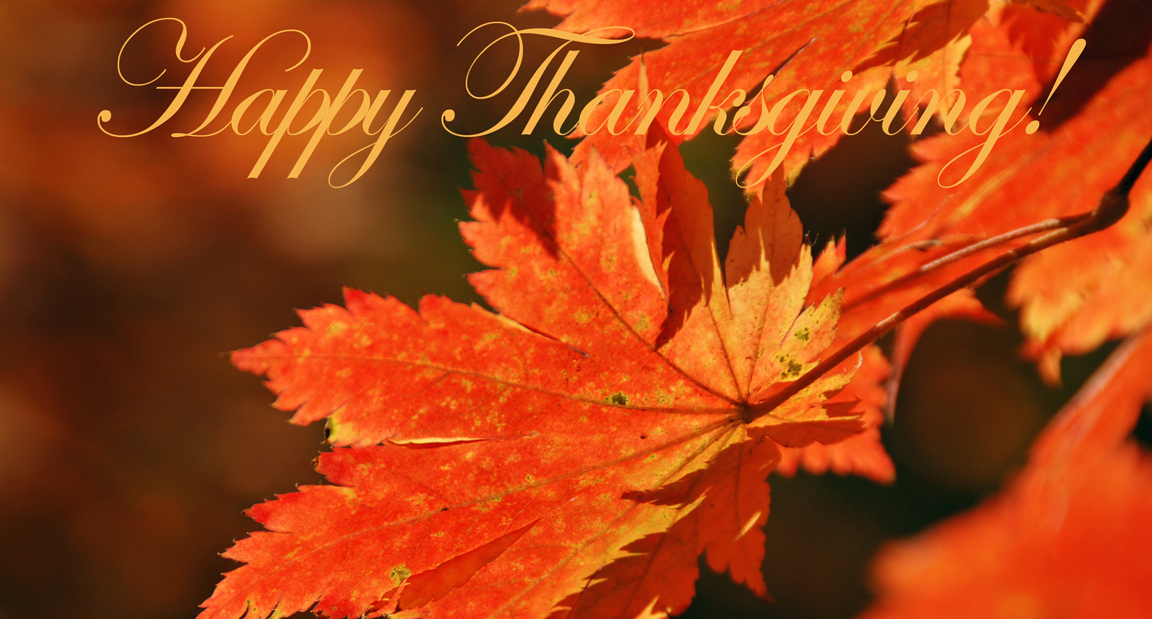
-
-
